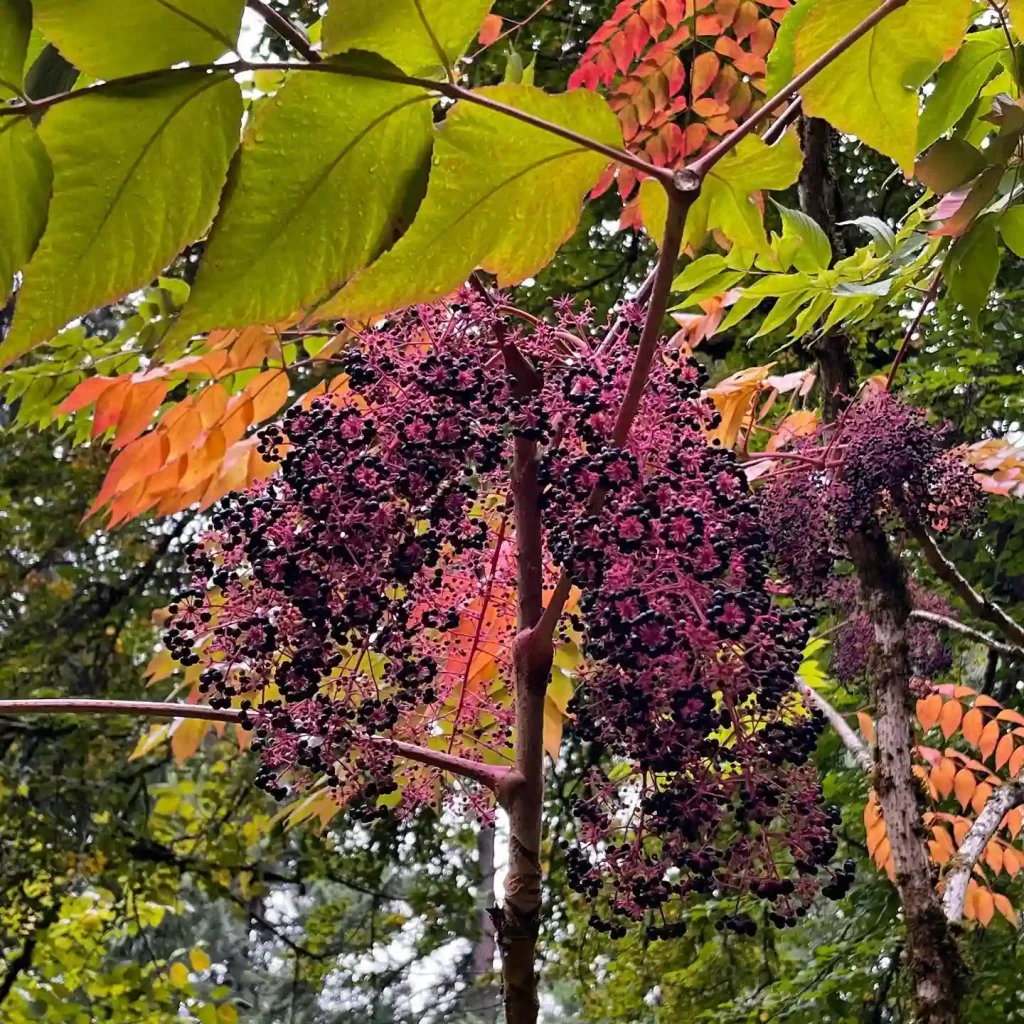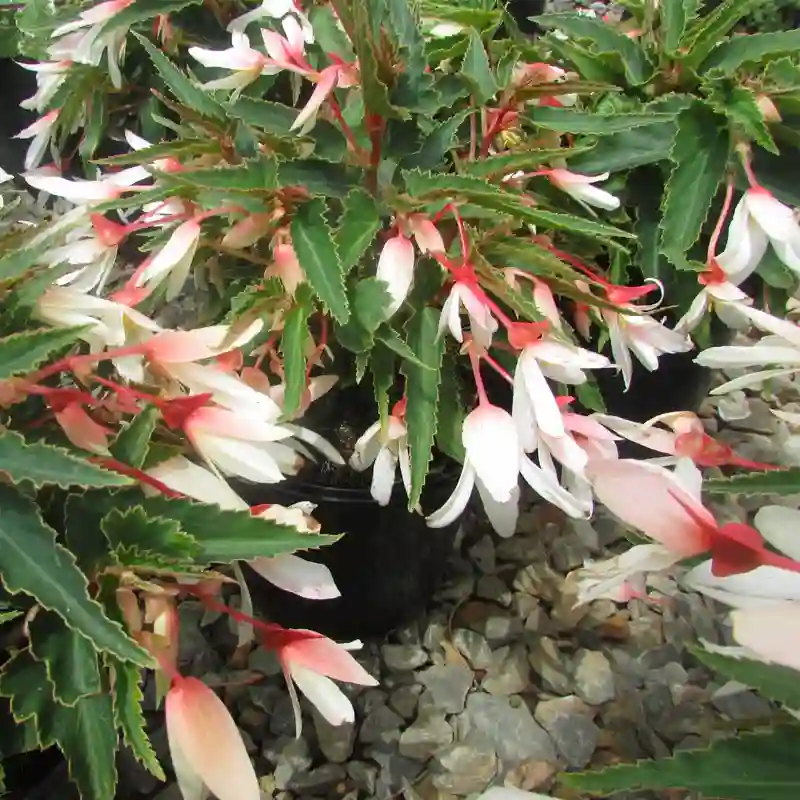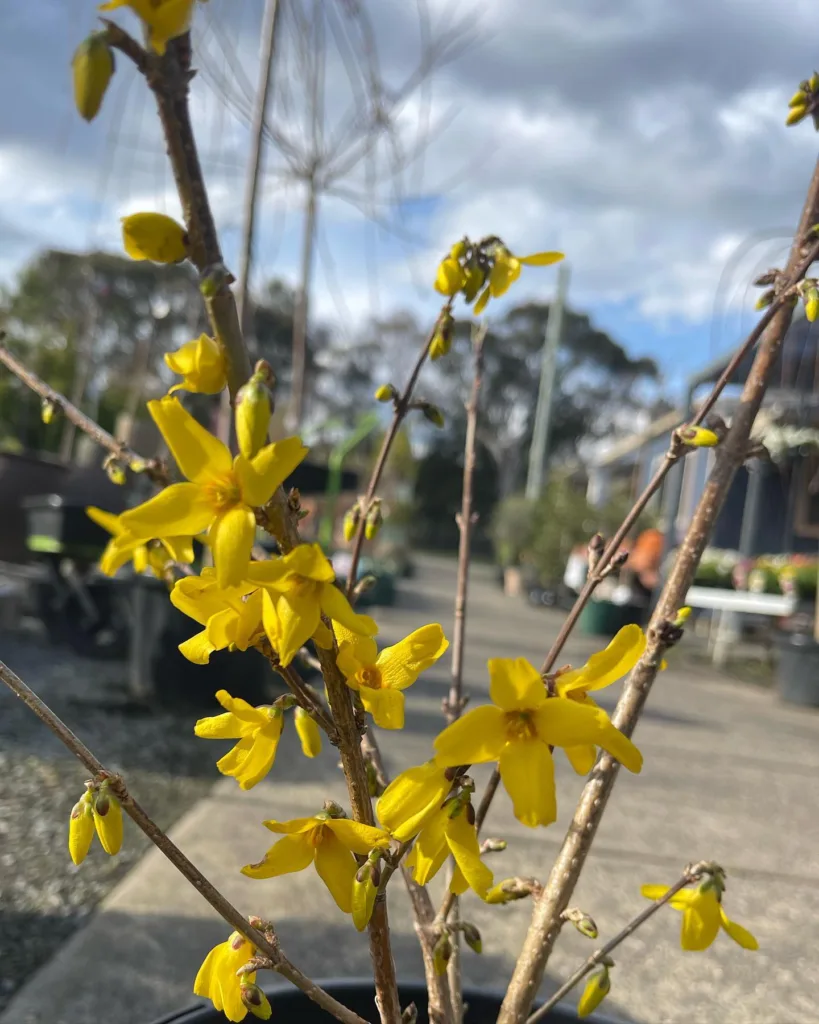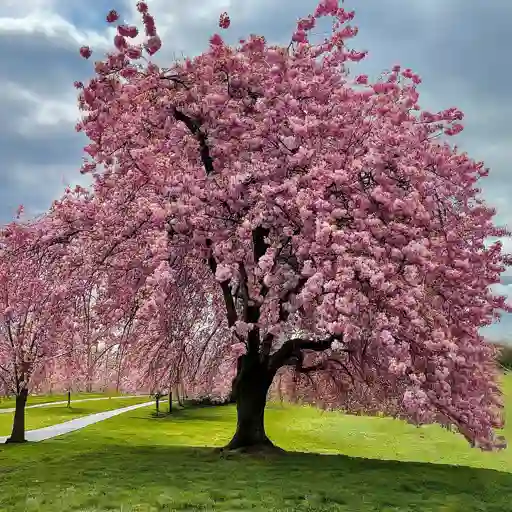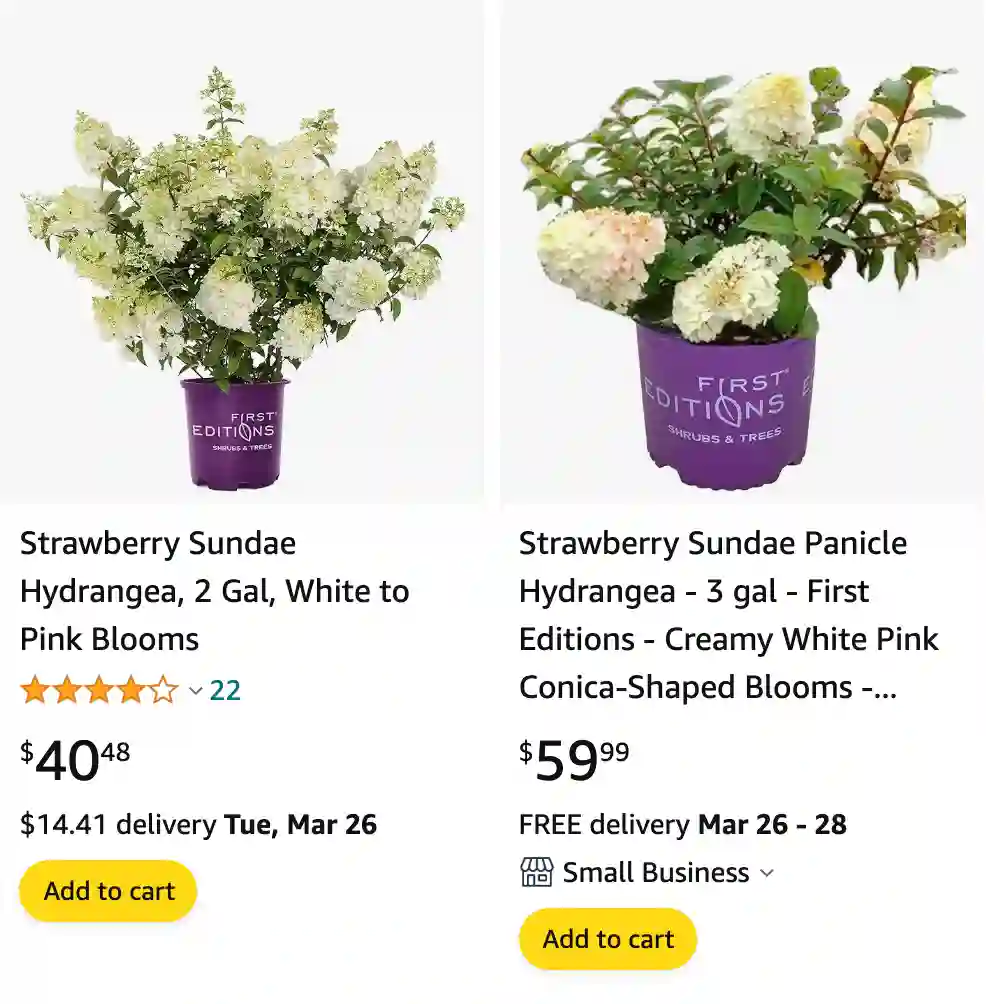
Strawberry Sundae Hydrangea vs Vanilla Strawberry
I find Strawberry Sundae Hydrangea more charming with its delicate pink blooms that gradually turn deeper shades of pink and burgundy as they age, creating a beautiful gradient. Vanilla Strawberry Hydrangea, on the other hand, captivates me with its large, cone-shaped flower clusters that start creamy white and evolve into a vibrant strawberry pink, making a bold statement in my garden.
100 Species in Genus Hydrangea
Does strawberry sundae hydrangea bloom on new wood?
Yes, Strawberry Sundae Hydrangea blooms on new wood. This means that the flower buds form on the current season’s growth, making it easier to manage and prune without worrying about cutting off next year’s blooms.
When to prune strawberry sundae hydrangea?
To prune my Strawberry Sundae Hydrangea, I typically do it in late winter or early spring, just before new growth begins. This timing is ideal because Strawberry Sundae Hydrangeas bloom on new wood, meaning the flowers develop on the current season’s growth. By pruning in late winter or early spring, I can remove any dead or damaged wood from the winter and shape the plant without affecting the upcoming blooms.
How do you prune a strawberry sundae hydrangea?
Here’s how I prune it:
- Remove Dead or Damaged Wood: First, I cut out any dead, diseased, or damaged branches. This helps keep the plant healthy.
- Shape the Plant: I then prune back the remaining stems to about one-third of their length. I make cuts just above a pair of healthy buds to encourage new growth.
- Thin Out Old Stems: If the plant is mature or overgrown, I remove some of the oldest stems at the base to rejuvenate the plant. This encourages more vigorous growth and better air circulation.
By following these steps, I ensure my Strawberry Sundae Hydrangea stays healthy, well-shaped, and blooms beautifully each year.
How to care for strawberry sundae hydrangea?
Caring for my Strawberry Sundae Hydrangea involves a few essential steps:
- Light: I plant it in a spot that gets full sun to partial shade. Morning sun with afternoon shade is ideal in hotter climates.
- Soil: I use well-draining soil enriched with organic matter. Hydrangeas prefer slightly acidic to neutral pH.
- Watering: I keep the soil consistently moist, especially during the first few years. Mulching around the base helps retain moisture.
- Fertilizing: In early spring, I apply a balanced, slow-release fertilizer. I might give a second light feeding in mid-summer.
- Mulching: I mulch with organic material like bark or compost to keep the soil cool and moist and to suppress weeds.
- Winter Protection: In colder climates, I add a layer of mulch around the base to protect the roots from freezing temperatures.
Where to buy strawberry sundae hydrangea?
I’ve found Strawberry Sundae Hydrangea at local nurseries and garden centers. They’re also available at many online plant retailers and specialized hydrangea growers. Checking garden club plant sales and big box home improvement stores during the planting season can also yield results.
When does strawberry sundae hydrangea bloom?
Strawberry Sundae Hydrangea typically blooms from mid-summer to early fall. The flowers start appearing in July and can continue to show off their colors until September or even October, depending on the climate.
How does the color change on a strawberry sundae hydrangea?
The color transformation of Strawberry Sundae Hydrangea is one of its most charming features. The flowers start out creamy white in mid-summer. As they age, they gradually turn pink and eventually deepen to a rich, strawberry-red color. This color change creates a beautiful, multi-colored effect on the shrub, making it a standout in the garden through the blooming season.
If i die, water my plants!
